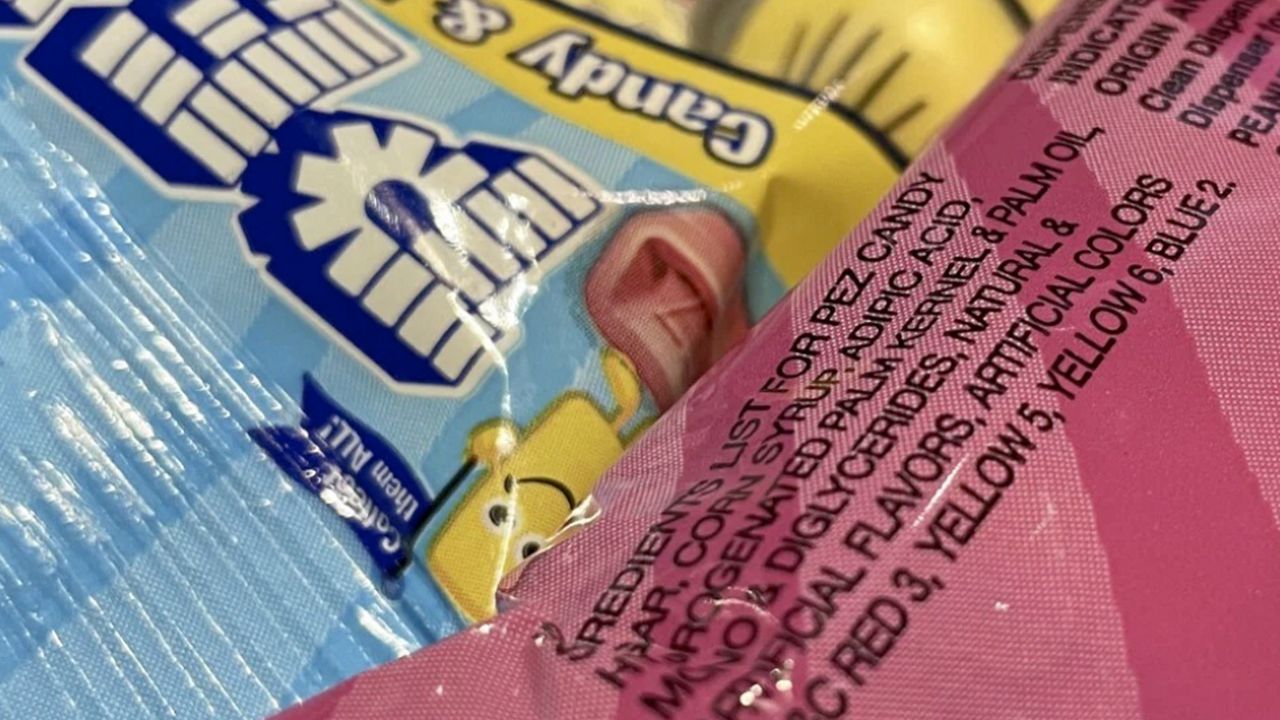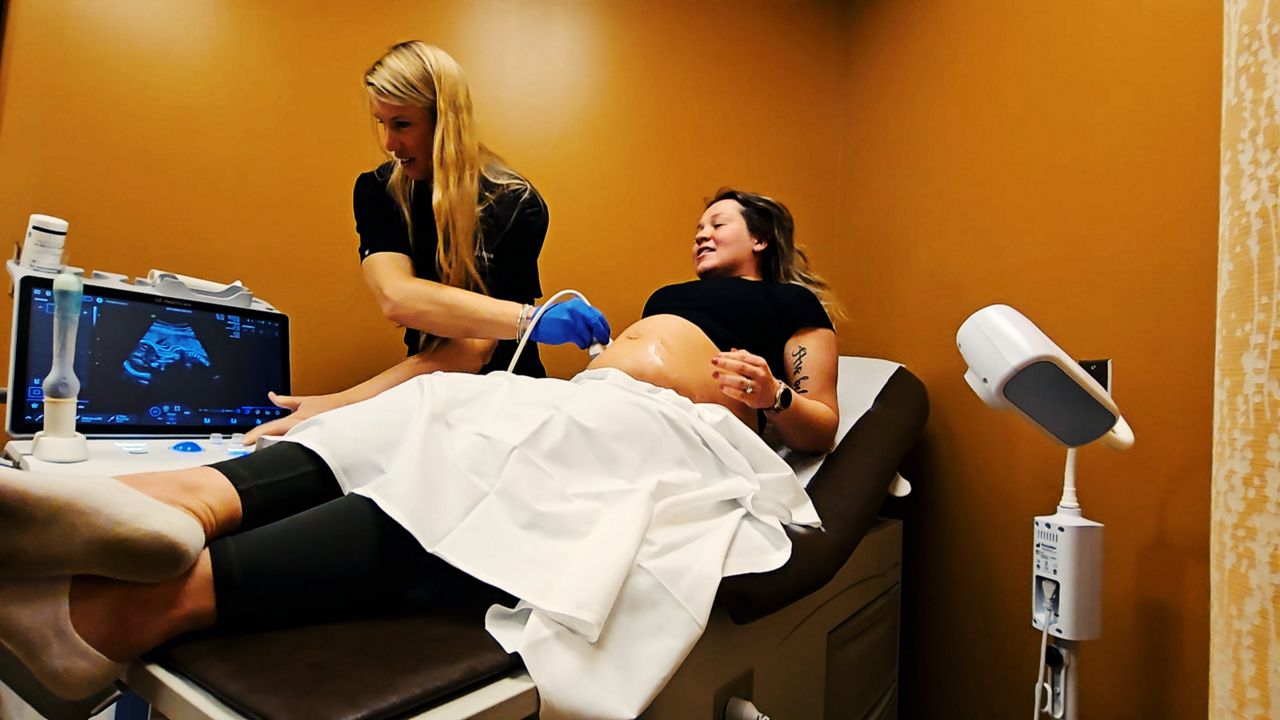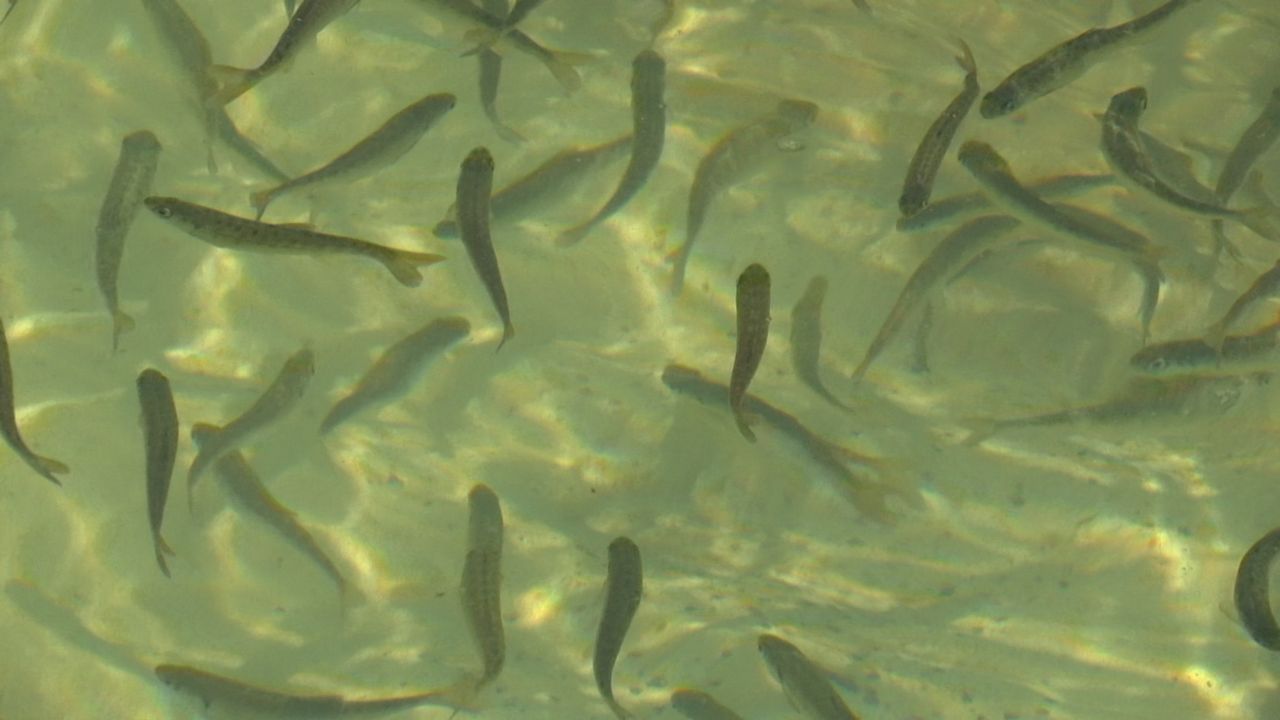MADISON, Wis. — The Food and Drug Administration (FDA) announced Wednesday that it’s banning the use of Red No. 3. The synthetic food dye gives food and drinks a bright red or pink color; the dye has been linked to cancer and behavioral issues in animals.
Red No. 3 is already banned for food use in Europe, Australia and New Zealand.
More than 9,000 food items in the U.S. contain Red No. 3, including hundreds of products made by large food companies, according to data from the United States Department of Agriculture (USDA).

Food manufacturers have until Jan. 15, 2027, to reformulate their products.
PaleoMama Bakery, based in Madison, is ahead of the curve.
Owner Belle Voel has been offering baked goods without any artificial ingredients for more than a decade.
“We’re just trying to remove the different food groups that cause inflammation,” Voell said.
Instead of synthetic dyes, Voell and her team use natural alternatives.
“They’re colored with vegetables for the most part,” she explained.
Rachel Tyler, a team member at PaleoMama Bakery, demonstrated another coloring technique: Using pulverized freeze-dried fruits to color cookies, cakes and frosting.
“They’re super vibrant, and you wouldn’t even really tell the difference unless you were told,” Tyler said. “It makes it taste just as delicious without it. Especially with Europe banning [Red No. 3]. I feel like it’s time for us to catch up, too.”
Advocacy groups have been petitioning the federal government to act on synthetic food dyes such as Red No. 3 for years.
Audrey Girard is a food scientist and assistant professor at the University of Wisconsin-Madison. Girard explained why the effort has taken a long time.
“We have other natural additives, but a lot of times they’re more expensive and not as stable,” Girard said.
Girard explained that a scientific study on rats — completed more than 40 years ago in the 1980s — first raised health concerns about the dye.
“At high ingestion levels, rats can have adverse effects, like growing tumors,” Girard said.“At high ingestion levels, rats can have adverse effects, like growing tumors,” Girard said.
The team at PaleoMama Bakery shared their hope that the FDA will soon ban other controversial and widely used synthetic food dyes, such as Red Dye 40.
There are 36 FDA-approved color additives, nine of which are synthetic dyes. Red No. 3 was first approved for use in foods in 1907. It’s made from petroleum.











